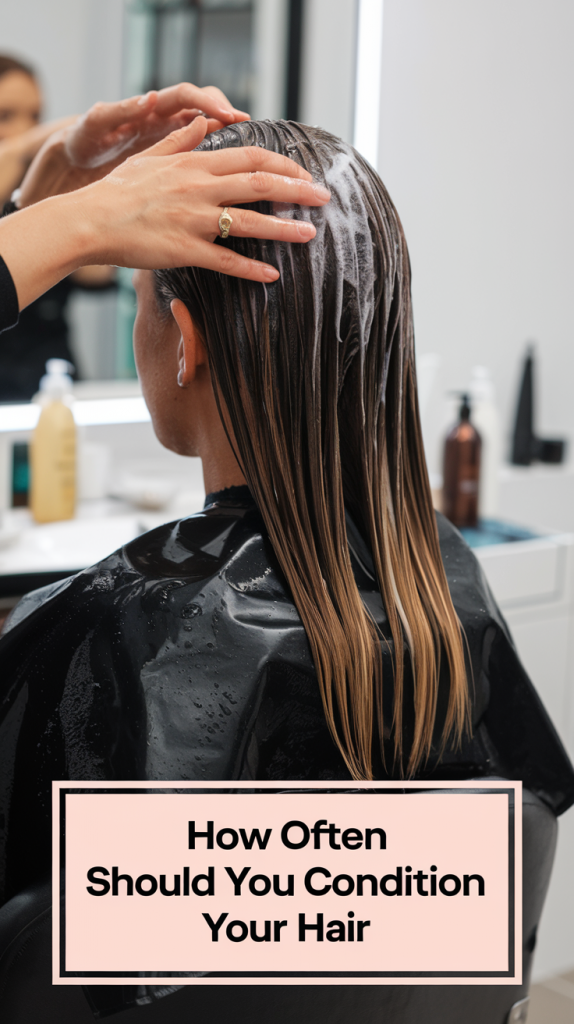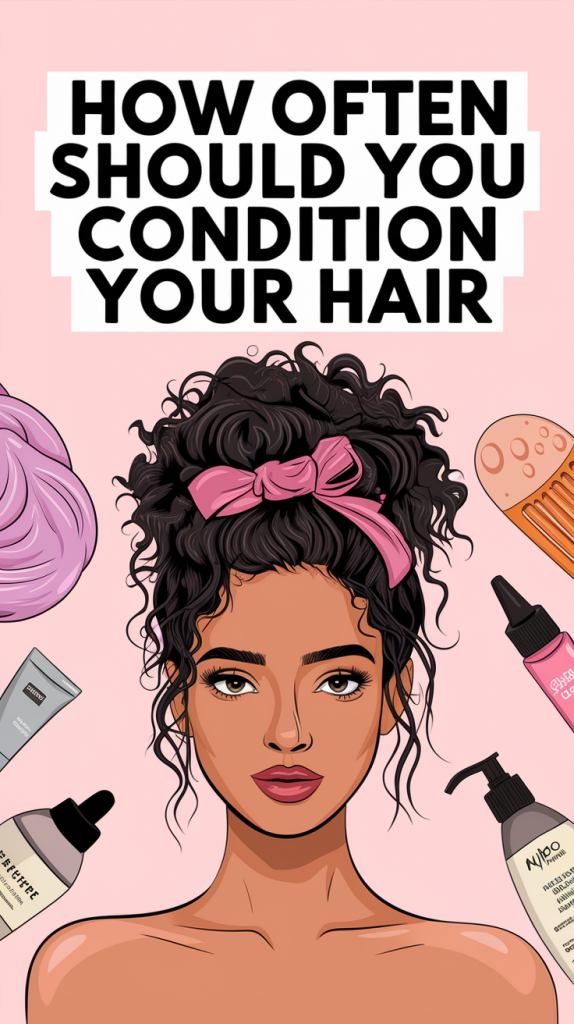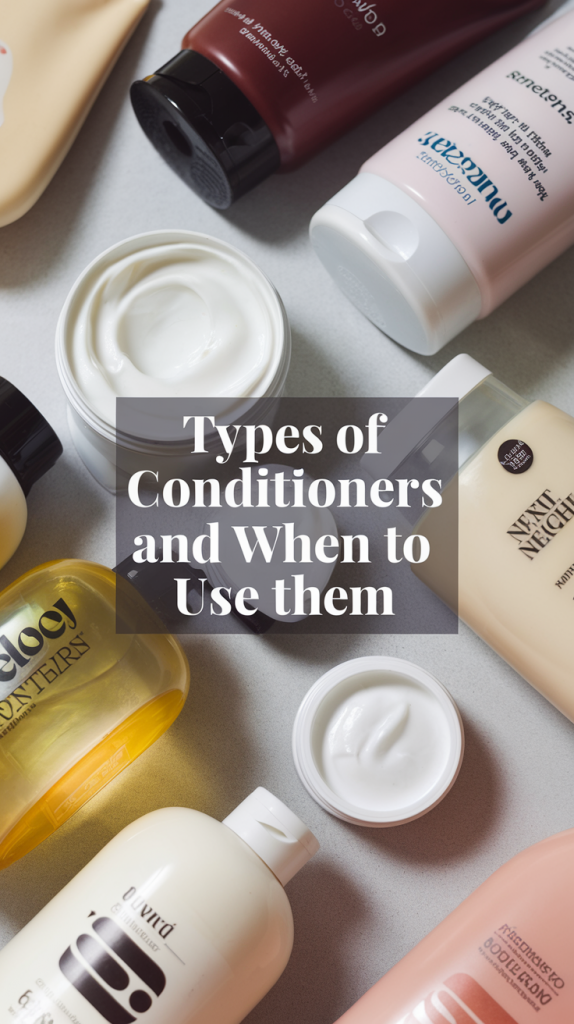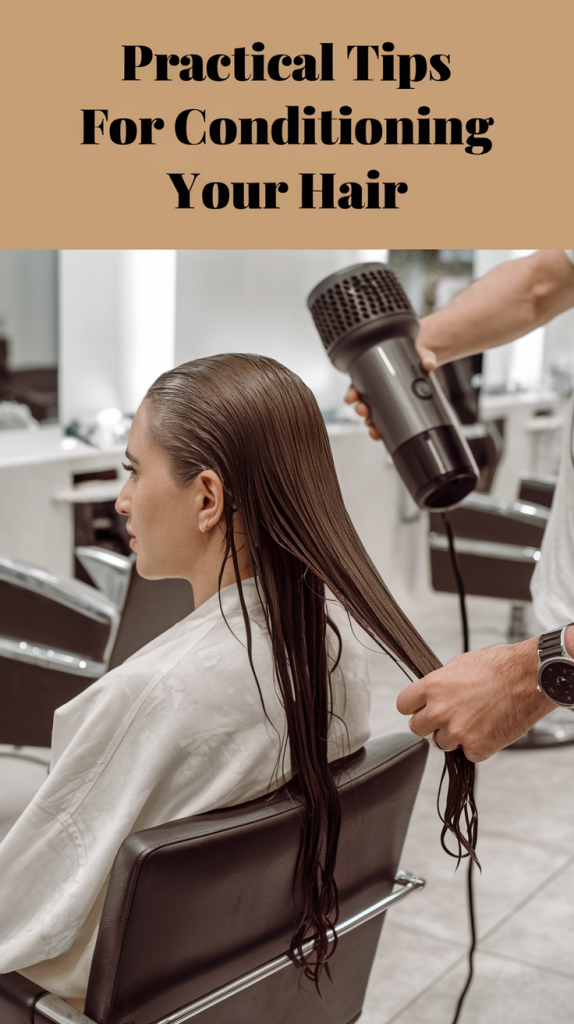How Often Should You Condition Your Hair?
Conditioning is a cornerstone of any good hair care routine, but how often should you really be doing it? When I first started exploring this question, I realized there’s no universal answer—your ideal routine depends on your hair type, lifestyle, and even the weather. Let’s dive into the factors that determine how often you should condition your hair and uncover tips to keep it looking its best.

The Importance of Conditioning Your Hair
Conditioning isn’t just about softening your hair. It’s about restoring balance, maintaining strength, and protecting it from everyday wear and tear. Skipping this step can leave your locks vulnerable to damage, while over-conditioning may lead to greasiness and build-up.
Benefits of Conditioning:
- Moisture Restoration: Replenishes hydration lost during shampooing or due to environmental exposure.
- Improved Manageability: Reduces tangles and smooths cuticles for easy styling.
- Damage Protection: Shields against heat tools, UV rays, and pollution.
- Enhanced Shine: Gives hair a polished, healthy appearance.
How Often Should You Condition?
The frequency of conditioning varies widely depending on factors like hair type, porosity, and environmental influences. Use the table below to get a quick overview of general recommendations.
| Hair Type | Recommended Frequency | Best Product Type |
|---|---|---|
| Fine or Oily Hair | 2-3 times per week | Lightweight, rinse-out conditioner |
| Thick, Curly, or Dry Hair | Every wash (daily or every other day) | Rich, moisturizing conditioner |
| Color-Treated Hair | After every wash | Protein-enriched or damage-repair |
| High Porosity Hair | Frequent | Heavy, hydrating conditioner |
| Low Porosity Hair | Weekly | Lightweight, heat-activated |
Tailored Recommendations by Hair Type
1. Fine or Oily Hair
Fine hair tends to get weighed down easily, and oily scalps produce excess sebum. Condition only 2-3 times a week and focus the product on the ends to prevent greasiness at the roots. Opt for lightweight, volumizing conditioners to avoid flattening your hair.
2. Thick, Dry, or Curly Hair
This type needs more hydration due to its natural tendency to dry out. Use a rich conditioner after every wash, applying generously to mid-lengths and ends. A leave-in conditioner can also help maintain moisture throughout the day.
3. Color-Treated or Damaged Hair
Chemical treatments strip the hair of natural oils, so conditioning after every wash is essential. Incorporate a deep conditioner or repair mask weekly to restore protein and elasticity.
Types of Conditioners and When to Use Them
Choosing the right conditioner for your needs is just as important as knowing how often to apply it. Below is a breakdown of the most common types and their uses:
| Conditioner Type | Frequency | Purpose |
|---|---|---|
| Rinse-Out Conditioner | After every wash | Provides daily moisture and manageability. |
| Leave-In Conditioner | 1-3 times per week | Offers ongoing hydration and protection. |
| Deep Conditioner | Weekly/Bi-weekly | Repairs damage and intensely moisturizes. |
| Cleansing Conditioner | Daily/as needed | Combines cleansing and conditioning in one step. |
Factors That Affect Conditioning Frequency
1. Scalp Health
Your scalp’s condition can significantly influence how often you should condition. An oily scalp may only require conditioner on the ends, while a dry scalp might benefit from hydration applied closer to the roots.
2. Environmental Conditions
If you swim regularly or live in an area with harsh weather, your hair might need extra care. For example:
- Swimming: Condition after every swim to counteract chlorine damage.
- Dry Climates: Use heavier products to lock in moisture.
- Humid Climates: Opt for anti-frizz conditioners to prevent build-up.
3. Hair Porosity
Porosity determines how well your hair absorbs and retains moisture:
- Low Porosity Hair: Use lightweight, heat-activated products sparingly.
- High Porosity Hair: Condition more frequently to compensate for rapid moisture loss.
Avoid Over-Conditioning and Under-Conditioning
Striking the right balance is key. Here are signs to watch for:
| Conditioning Status | Signs | Solution |
|---|---|---|
| Over-Conditioned Hair | Greasy, limp, or sticky texture. | Reduce frequency, use lighter products. |
| Under-Conditioned Hair | Dryness, tangling, or brittleness. | Increase frequency, use richer products. |
Practical Tips for Conditioning
- Focus on the Ends: Concentrate conditioner where your hair needs it most—usually the mid-lengths and ends.
- Use Warm Water: Warm water helps open the cuticle, allowing the conditioner to penetrate deeply.
- Don’t Overapply: Start with a small amount and add more only if necessary.
FAQs
1. What happens if I don’t condition my hair?
Skipping conditioner can lead to dryness, tangling, and breakage, particularly for dry or damaged hair.
2. Can I use natural alternatives to conditioner?
Yes, oils like coconut or argan oil can be effective, as can DIY masks with ingredients like avocado or honey.
3. Is it bad to condition every day?
Daily conditioning can benefit dry or damaged hair but may be too much for fine or oily types.
4. Should I condition my roots?
Generally, no. Focus on mid-lengths and ends to avoid weighing down your roots.
5. How does aging affect conditioning needs?
As you age, your hair becomes thinner and drier, so you may need richer products or more frequent conditioning.
Conclusion
Conditioning your hair is about understanding its unique needs. Whether your hair is fine, curly, damaged, or somewhere in between, finding the right balance can make all the difference. Remember, your routine isn’t set in stone—adjust as needed to keep your hair looking and feeling its best.



